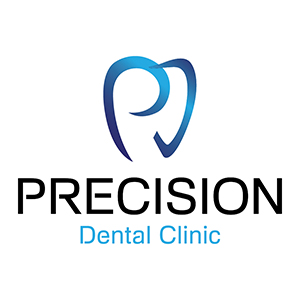
Prosthodontics
According to The American Dental Association (ADA ) Prosthodontics is the dental specialty pertaining to the diagnosis, treatment planning, rehabilitation and maintenance of the oral function, comfort, appearance and health of patients with clinical conditions associated with missing or deficient teeth and/or oral and maxillofacial tissues using biocompatible substitutes. (Adopted May 2018)
Fixed Prosthodontics
Crown
Crowns provide what is known as 'full coverage. Crowns can be constructed from many different materials, ranging from an all-metal gold crown to a high-strength ceramic crown. The type of crown depends on the amount of tooth left, the tooth type, and the patient preference.
Onlay
An onlay is similar to an inlay, but it often covers over the cusps of a tooth. They are particularly useful if the tooth needs to be strengthened or reinforced. They can also be used to make the tooth longer/higher, which is useful if a worn dentition is being built back up again.
Veneer
An onlay is similar to an inlay, but it often covers over the cusps of a tooth. They are particularly useful if the tooth needs to be strengthened or reinforced. They can also be used to make the tooth longer/higher, which is useful if a worn dentition is being built back up again.
Inlay
A more conservative option for a crown is the inlay. It is possible to provide an inlay if a relatively small amount of tooth tissue is missing within the confines of the tooth cusps. The inlay can be made from metals, resins, or ceramics.
Bridge
Bridges are made to restore missing teeth. They can be held in place by crowned adjacent teeth, or they can be stuck onto the adjacent tooth\ by a metal wing, with a special adhesive. Sometimes bridges are held in place on either side of the gap (conventional), sometimes on just one side (cantilever); it depends on the size of the gap and how the teeth function. Bridges can look very good, but sometimes the bridges that are stuck on with a metal wing darken the adjacent tooth a little. They are, however, much more conservative of tooth structure than if the adjacent tooth is crowned in order to hold the bridge
Removable Prosthodontics
Removable prosthodontics is concerned with replacing the teeth and soft tissues with a non-permanent prosthesis that can be removed. These are often known as dentures, and can replace a full arch of teeth (complete dentures), or a number of individual or grouped tooth spaces (partial dentures).
Dentures can be designed to replace more than just the teeth and gums. They are often used to plug large defects that have been created during surgery, or after trauma.
As well as dentures, removable prosthodontics also covers the production of gingival veneers. These are thin prostheses that click over the necks of the teeth to hide recession of the gums. This is often a satisfactory alternative to surgery.

